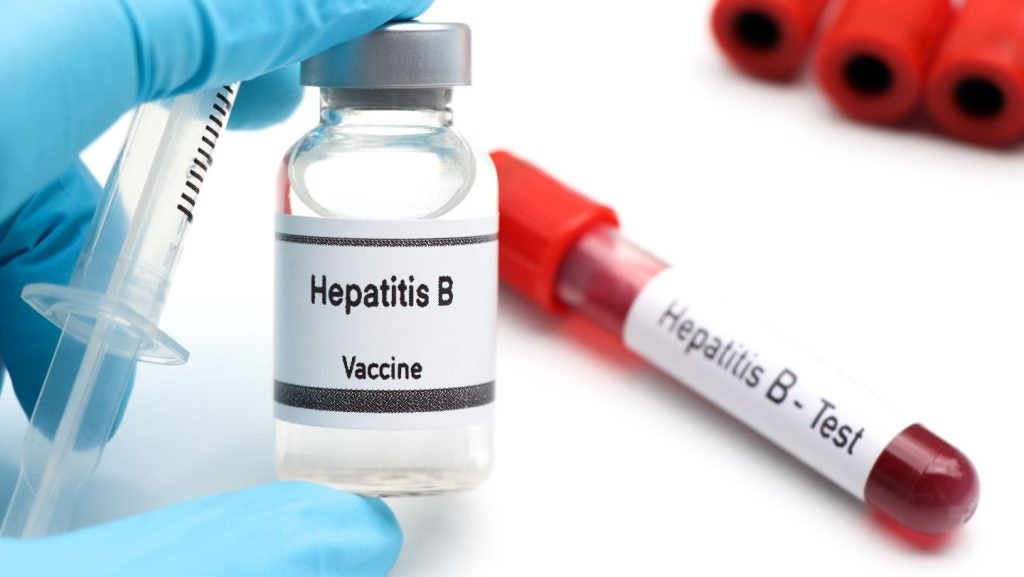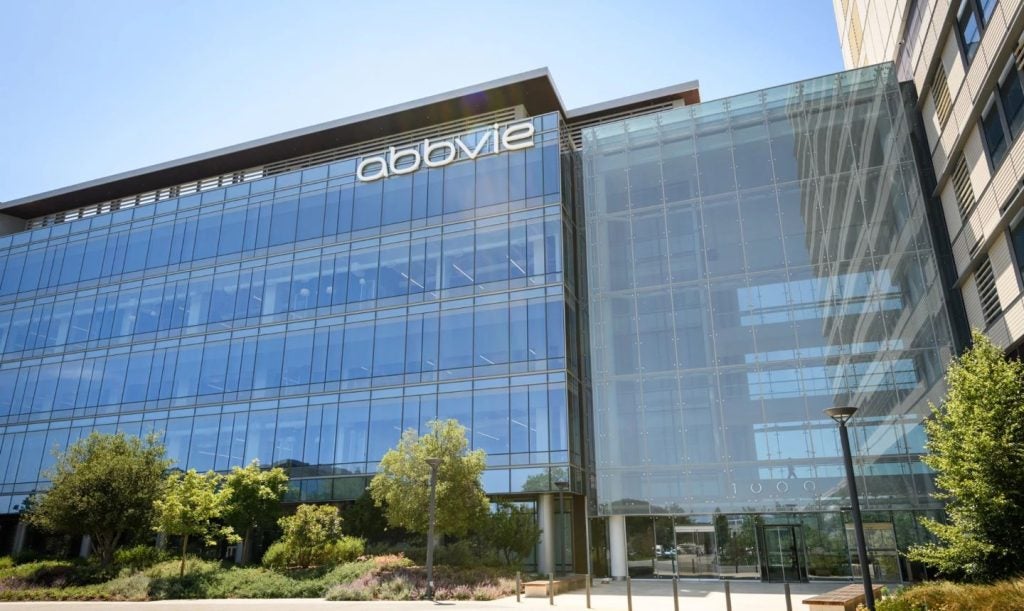Many smaller biotechs outside of Europe can struggle to progress their clinical operations due to limited funding. The EU Horizon 2020 program can provide funding to support biotechs in the Middle East and elsewhere who want to outsource trials into Europe for the first time. Agora Partners offer support to companies putting together applications for these grants. Judi Felber spoke to CTA to share how her company can aid biotechs wanting to progress their clinical operations in the EU.
Clinical Trials Arena: What can your company offer to small Israeli companies wanting to outsource into Europe for the first time?
Judi Feiber: They specialize in helping companies produce a comprehensive application for an EU grant. This includes helping to build a pan-European consortium consisting of universities, small businesses and organisations. The application will be passed on to the EU funding body called the Horizon 2020 program. This can prove a lifeline for many smaller companies, and is expecting to invest €16 billion in the next year. The Horizon 2020 supports everything from clinical trials to drugs, to computer science to food studies – so there is fierce competition. In turn, only a certain amount of applicants are successful, showing a strong bid is vital.
CTA: What are the first steps for a company to take when applying for this program?
JF: First, read the calls to be sure your research is relevant. Be sure that you (or your partners) meet ALL of the requirements listed in the Scope and in the Expected Impacts. Calls for clinical trials often require that the CE Mark has been granted or is close to being granted. At the core of a consortium are hospitals, drug companies, CROs, and patient support organisations. Consortia can range from a minimum of three partners from three eligible countries to more than 10.
See Also:
CTA: Can you give us an example of a more extensive consortium group?
How well do you really know your competitors?
Access the most comprehensive Company Profiles on the market, powered by GlobalData. Save hours of research. Gain competitive edge.

Thank you!
Your download email will arrive shortly
Not ready to buy yet? Download a free sample
We are confident about the unique quality of our Company Profiles. However, we want you to make the most beneficial decision for your business, so we offer a free sample that you can download by submitting the below form
By GlobalDataJF: Partners in a consortium are those that can offer their own unique support and advice for a specific trial. For example, a clinical trial for diabetes may include the university researchers directly involved in the trial for diabetes (sponsor and vendor), but also patient advocacy groups that support the end users (e.g. patients, physicians), hospitals and CROs. Additional partners may include experts in marketing, such as research and professional business development companies that can explore the market for the end produce, as well as companies with expertise in managing EU grants. There should be some overlap within the partners, but they should not duplicate each other. The consortium as a whole could span the whole of Europe.
CTA: Why do you need the consortium?
JF: The European Commission wants to promote collaboration amongst European researchers and businesses, so all consortia should show a pan-European group. A consortium with too many partners from one country (or one area of Europe) will have a harder time preparing a successful proposal. Horizon 2020 consortium projects range from €7-10 million for a grant time of three to five years. Some of the largest trials they have funded have been €15 million. There are individual grants for small and medium sized companies, but these have different requirements and are worth between €50,000 for feasibility assessment purposes over a six month period to €5 million for innovation development & demonstration purposes.
CTA: How long does it take to put the application and consortium together?
JF: It can take a minimum of six weeks to complete a grant proposal, but three months is more common. Any longer than that and it is hard to keep the focus of the group. That said, finding partners and building networks over time can be beneficial for other business and collaborative reasons.
CTA: How can consortiums benefit clinical trials as a whole?
JF: Consortia are a great way of building up a good knowledge base for your clinical trials. They help you identify key questions for your trials before they have begun. For example, do you need a unique researcher? What type of CRO should you use? Should you seek the support of an advocacy group? What clinical trial design do they need? What machines do they need? The consortium can address these questions, and many more for you.
Furthermore, even a company that knows the market well still wants the presence of other companies to guide them – and this is where a consortium becomes useful.
CTA: Where have you seen this directly affect a study?
JF: A call was published to address malnutrition in the elderly. Food science and technology (e.g. computer programs, apps) was to be included as were limited clinical trials to test the ideas. A consortium was built to study malnutrition in the obese elderly; obesity being a form of malnutrition. In addition to food scientists, gerontologists, and computer companies, partners included a senior citizen groups to gather information on the needs and limitations of senior patients (similar to an advocacy group) as they understood the end user population. After this, they needed to find seniors to actually participate in the clinical trials. Consortia should consider how advocacy groups contribute both patients and knowledge to a trial.
Consortia can actively help shape a clinical trial so it can present strong conclusions afterwards. In many cases a sponsor company might come up with an original idea – and this idea then becomes a part of what the overall grant is in the end. Importantly, when building a team to get your product to market, some companies don't think of surrounding people and organizations that could help.







